Author: John-Joe Vollans
Photography: Manufacturers and Iconic Auctioneers
To many a younger enthusiast, and some of the older ones, the motoring era of trunnions and trilbies conjures connotations of complexity. Not from the machines themselves, they’re about as simple as motoring gets, but from an ownership prospect. Obsolete mechanical technology that often proves temperamental, patchy parts availability when something inevitably goes wrong; it’s easy to see why classics made over 70 years ago can be a bit off-putting.
Is that a fair assessment though..? Should you avoid classics with bright pastel two-tone paint jobs and 0-60mph figures measured via a sundial? Absolutely not. These often sedate old steeds offer fabulous, laid-back, time-machine like driving experiences. They transport you, and passers by, back to the age of skiffle and teddy boys, cafe racers and drive-in cinemas.
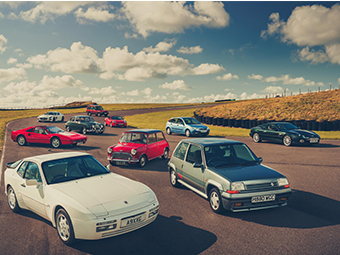
Choose wisely and one of these classics might just become your next favourite weekend run around. Tempted? Well, here are a few of the more forgiving 1950s-made machines that should have you rocking around the clock rather than rocking in a corner!
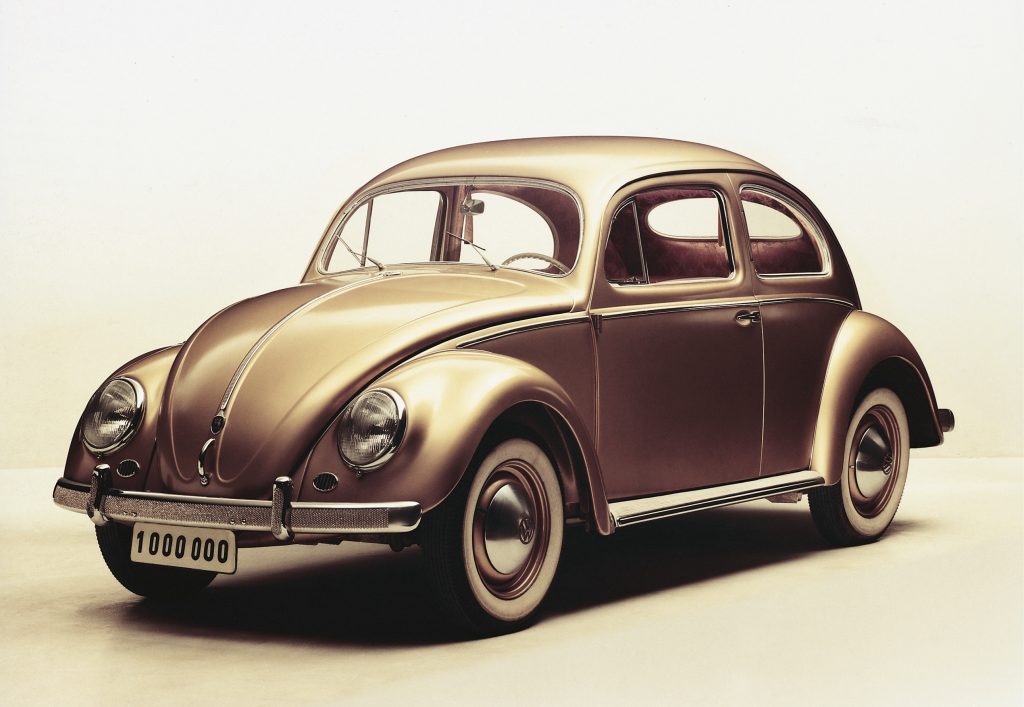
Volkswagen Beetle
Classic motoring doesn’t get much more DIY- or user-friendly than Volkswagen’s original. The Beetle was designed from scratch as a car for the people. That meant it had to be rugged, dependable in all climates and easy to maintain/fix by your average citizen.
The Beetle’s legendary reputation for reliability isn’t simply hyperbole either. Fastidiously owned examples can easily rack up over 200k miles on their original engine and transmission. That might not sound overly impressive these days, but remember, this was a car designed more than 90 years ago.
We all know its pre-war gestation and subsequent post-war success, yet those tales often belies the simple joys of owning a Beetle. For many millions, in many nations, this VW was one of the first affordable cars they actually owned, especially in South America.
Early cars might have barely acceptable 6-volt electrics and more hands-on king- and link-pin suspension, but keep on top of maintaining both – or just update them with later Beetle bolt-on bits – and you will be cherishing that rear-engined clatter for years to come.
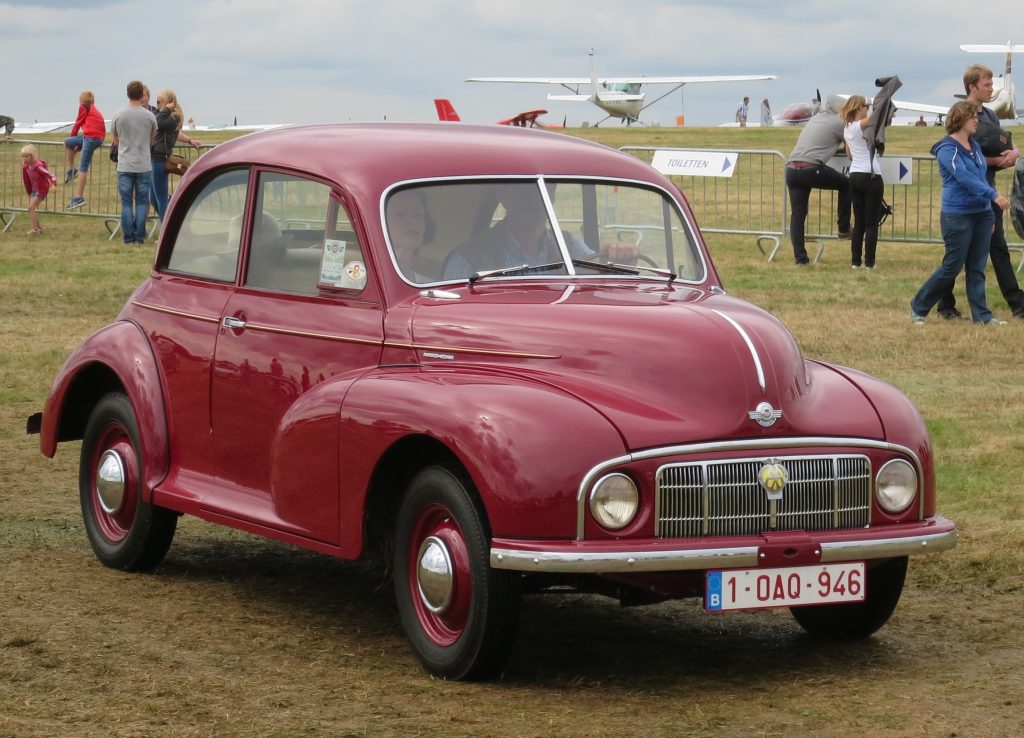
Morris Minor
Our own home-grown rival to cars like the Beetle must be one of the greatest products the British car industry has ever produced. The seminal little Morris Minor is equally as iconic as the aforementioned Volkswagen and yet, in many important ways, it’s even easier to live with.
The mechanical components weren’t quite what its creator Alec Issigonis had hoped for – he’d wanted the Minor to be powered by a bespoke flat-four motor – but that’s actually to our benefit. The Minor made use of the far more conventional A series engine that would go on to power Issigonis’ masterpiece, the Mini.
Other than its extremely strong, but arguably overly complicated (with many rust traps) chassis, there’s very little about owning a Minor that should prove scary (Traveller aside). If you’re handy with the spanners, or want to be, this little Morris makes one of the easiest cars to maintain, restore or improve at home.
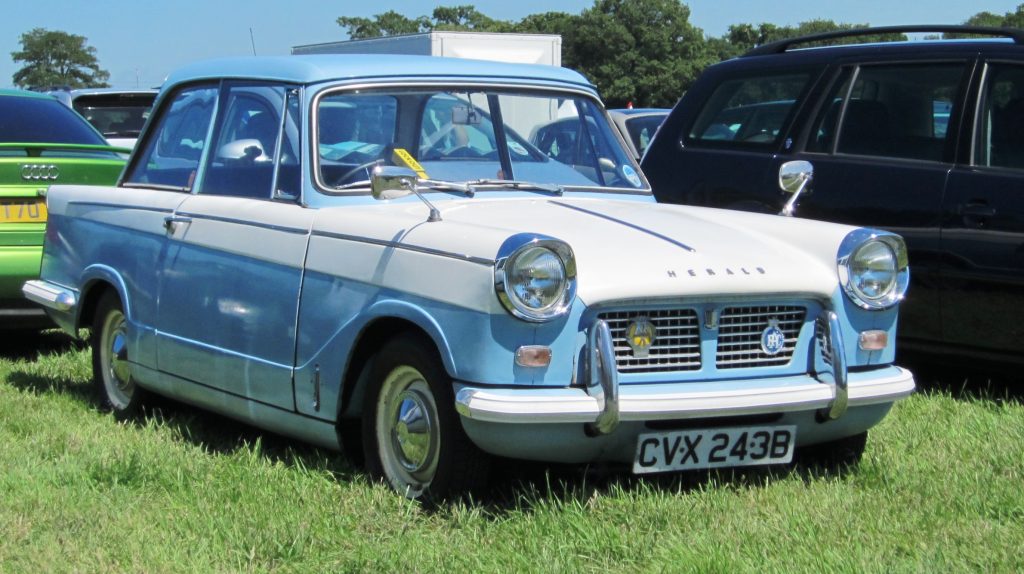
Triumph Herald
The Herald – Harold to his friends – was a fun little be-finned family car back in its day. Said day was April 1959 and when it emerged; looking immediately old-fashioned, due to its prominent rear fins. Together with its high price – noticeably more expensive than both the Mini and Ford Anglia, which were also launched the same year – the Herald would only prove popular during the following decade. Add another pair of cylinders and you got the sportier Vitesse, although ‘sporty’ was relative compared to the far from hasty Herald. Conversely, having fast-forwarded the best part of 70 years, the Herald is now the cheapest option for many first-time classic owners.
Its separate chassis makes it feel a little less refined than its aforementioned Ford and BMC rivals, but that does come with a few advantages. Firstly, access for overhaul (namely its forward-hinged front) is exceptional, plus it comes in several body styles including a two-door saloon, convertible and even a small estate variant, which is surely the coolest. Best of all, almost everything is available off the shelf to repair, restore or maintain a Herald for the foreseeable.
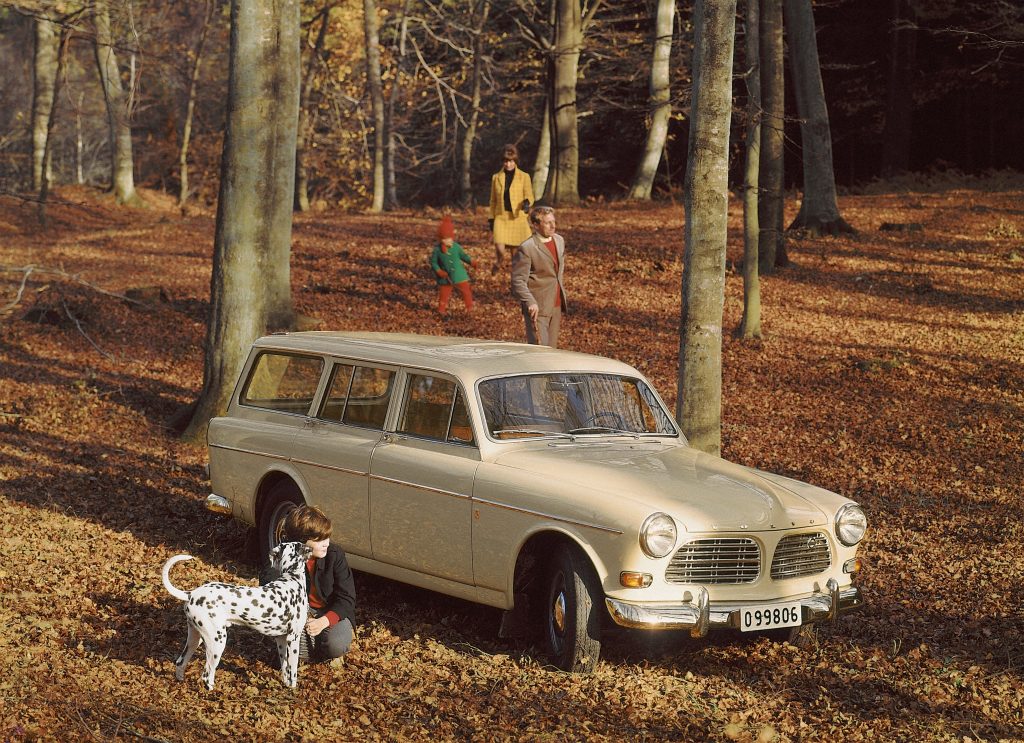
Volvo 120 ‘Amazon’
Though far from a family name in Britain by the 1950s, Volvo was making major strides in that direction. The Scandi firm’s reputation for making robust, reliable and rip-roaring road cars was raised further by the arrival of the ‘Amazon’ in 1957. Officially only given that moniker in its native Scandinavia, the rest of the world simply knew this voluptuous Volvo as the 120 series.
The Amazon pulls off the enviable trick of driving like a car a decade (at least) younger than it is. NVH, performance and handling all feel almost up to 1970s family car levels. That’s largely down to Volvo’s excellent engineering, much of which was carried over from its PV-series predecessor.
These stocky Swedes feel like far larger and stronger cars than they actually are – think old Mercedes-Benz build and you’re not far off the mark. Best of all, the 1.6-, 1.8 and 2.0-litre versions of the Volvo B series engine (not the hybrid ones!) are all capable of intergalactic mileages when properly maintained.
Speaking of maintenance, parts availability – not that you’ll likely need too many – is very good, with several established specialists providing plenty of parts and expertise.
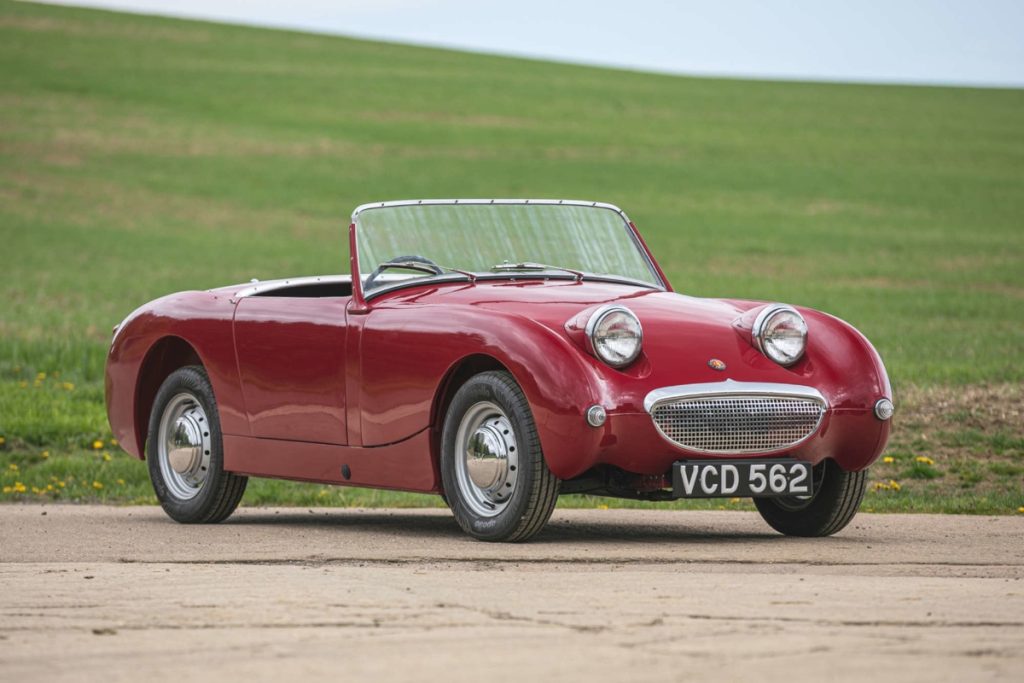
Austin-Healey ‘Frogeye’ Sprite
America fell for the British two-seater sports car once demobbed servicemen took their MG Midgets home. Word of mouth soon spread, and with nothing like it being made in the ‘States at the time, demand for post-war exports kept many a famous maker in the black. Austin-Healey, Jaguar, MG etc. were all kept fed by Federal funds.
With production of the pioneering T-type MG Midgets coming to an end by the mid-1950s, BMC and Donald Healey came together to come up with its replacement. What they penned and released to the public in 1958 was the effortlessly effervescent Austin-Healey Sprite.
Keeping weight and cost to a minimum were the main goals, both of which were achieved in spades. The former was essential, as the Sprite’s humble 948cc A series engine – we told you it got around – was only rated at a modest 44bhp. Nevertheless, that was still enough to get the circa. 664kg Sprite to a top speed in excess of 85mph. The lack of mass and neat handling also made it a darling of the competition crowd on both sides of the Atlantic.
With the majority of its parts shared with most of the BMC catalogue and specialists aplenty, the A-H Sprite – and its MG sibling – are some of the most enjoyable and easy to live with 1950s classic sports cars out there.
Which 1950s classic car would you buy? We would love to hear from you in the comments below.
Looking for classic car insurance?
Whether you own an iconic E-Type or a pre-war Morris Cowley, our expert classic car insurance has you covered. Get an instant quote.
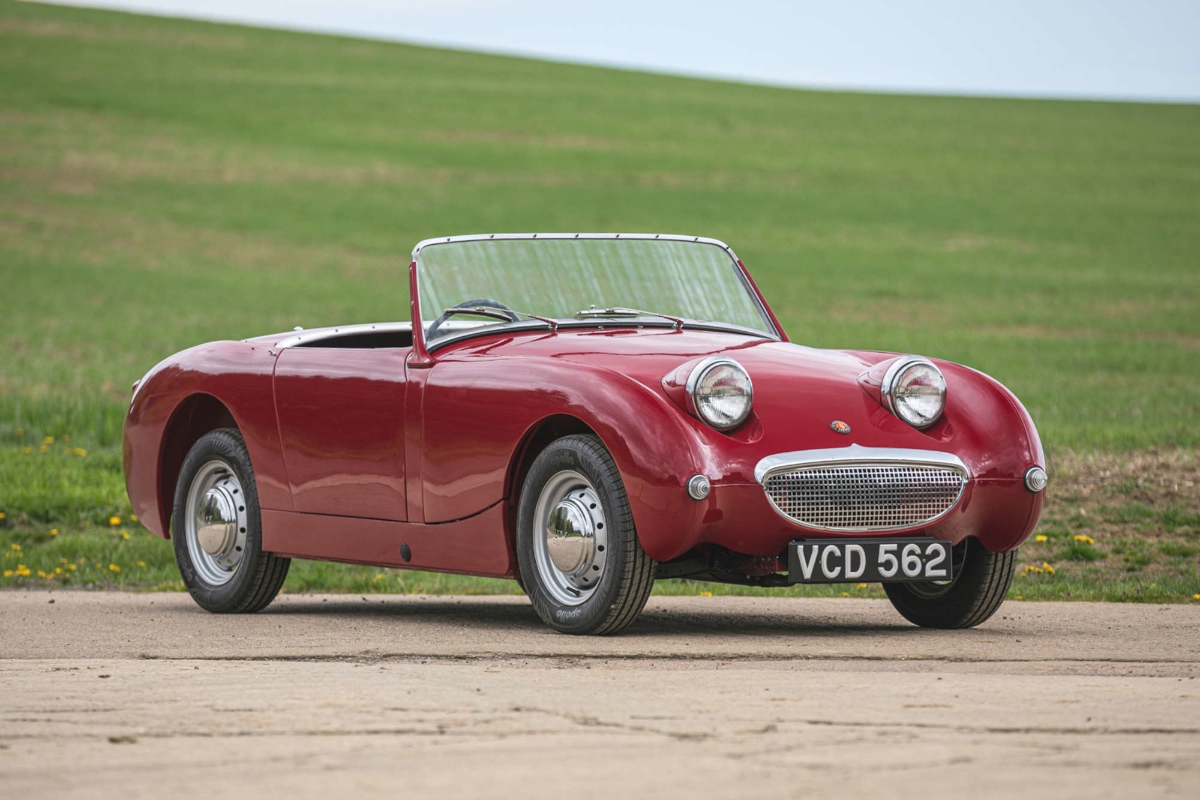
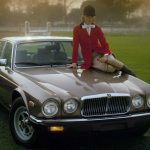

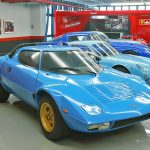
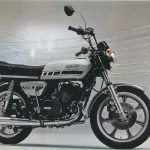
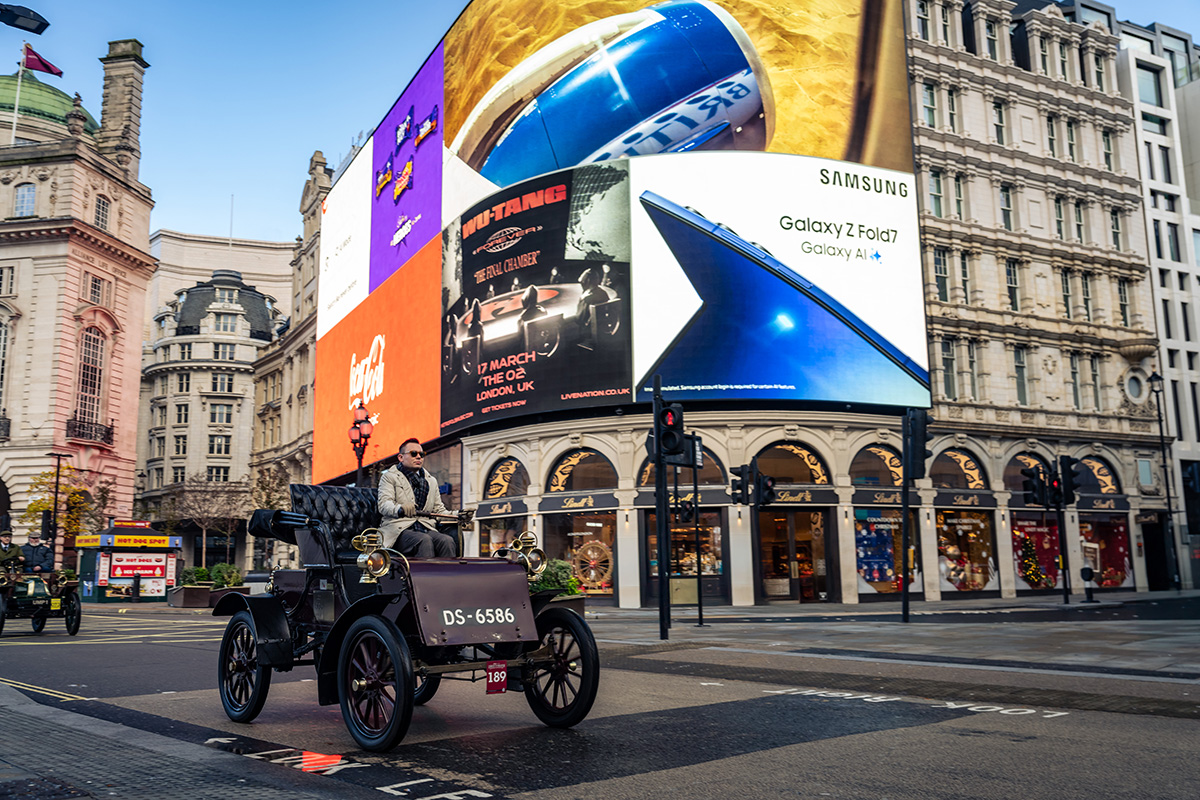
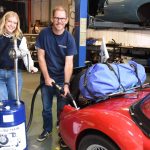

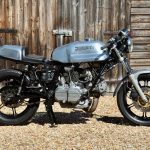

Minor point (in both senses) – the Minor shown is the original MM series – the A series engine was fitted from 1952 on replacing the inferior Morris pre-war based sidevalve unit.
My first car was a 1957 Minor 1000. I bought, rebuilt and fitted a 1098 engine. I wanted a 1275, but couldn’t afford one! It taught me a lot about engines and cars. Just got a 1969 Minor for fun. Reminded me of how bad the brakes were. It needs a bit of sorting, but it goes and is cheap to run and insure. Plus it wouldn’t be affected by a solar flare that would fry a modern cars electronics!! Oh and it brings back lots of memories. Rgds to all.
I bought my Frogeye second hand in 1968. Still have it and it’s pristine. Now 76 and still get a buzz driving it. Built in1959. I have had it for 57 years, is that some kind of record?
My Mk 1 sprite fitted with a shorrocks supercharger anti roll bar and 175 Goodyear G800,s Pulled my girlfriend- wife. Still with her, sadly ‘brigit the spirit has passed on. Best time of my young life,top down hey hoe silver lining blasting out. What a wonderful car. What wonderful memories
Dee now 78 but still rocking.
I bought my Mk1 Sprite in 1967. After a chequered career, involving much modification, racing, painting it purple and yellow in the early 1970s and driven it ” round the clock three times it’s now gracefully retired. It’s now better than new in its original dark green livery and 100% original all matching numbers. I kept everything I took off including the engine.
My first car was a Minor 1000, took my friends and I to college back in the late 70’s. Lovely ride, dips in the road caused a few heads in the back hitting the roof. King pin sheared on a corner, but fixed a couple of hours later at the roadside. Followed this by 3 Triumph Heralds, 2 saloons, and 1 estate. Really easy to work on, and repair. The last saloon I replaced the clutch, in the dry while working inside the car, as again there was access under the removeable gearbox cover, as rear wheel drive, and it took my 5 kids, Wife and I, on our outings, and holidays. Lack of seat belts, and slower cruising speed, along with fewer cars on the road, led to a safer drive then. My family grew up with ‘affordable’ £50 trade ins from the garage where I worked at the time. I have a more up to date car now, but hanker for another classic, for the nostalgia, and ease of working on, but I don’t have the space to keep one, so I just dream now.
NONE!!! I had a ’62 Healey in Canada… the Smiths and Lucas electrics were terrible! The trnsmission leaked! The car rusted out ! The generator pooped out! Got rid of it and bought a 1967 Mustang Convertible and never looked back… BMC cars could never deal with Canada’s climate!!
Clearly not a fan of the Triumph, and the disparaging remark of ‘far from hasty Herald’ is a cheap and inacurate bit of illiteration. For its time, it was a lively little runabout. With twin carbs, the Coupe achieved some notable results in rallying during the 1960s, particularly in the Monte Carlo Rally, including the Tulip Rally outright in 1961.
How about a PV544 Volvo. Classic 1950s sedan styling. Plus a Morris Mini-Minor or Austin Seven would be a classic to restore. There are also Triumph TR3s to consider.
Minor point (no pun intended), the MM Morris Minor started life with the Morris 8 series E side-valve engine, not the ‘A’ series OHV unit as quoted. Also, the Frogeye Sprite never had an MG sibling. The Midget to which I think you are referring was a badge engineered Sprite Mk.2, and didn’t appear until 1961.